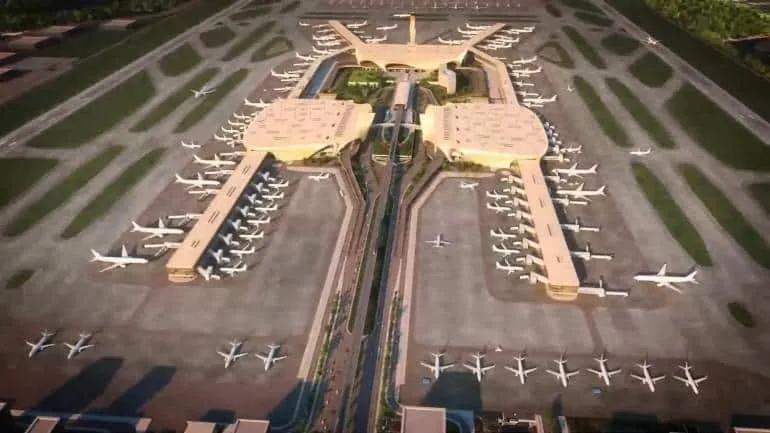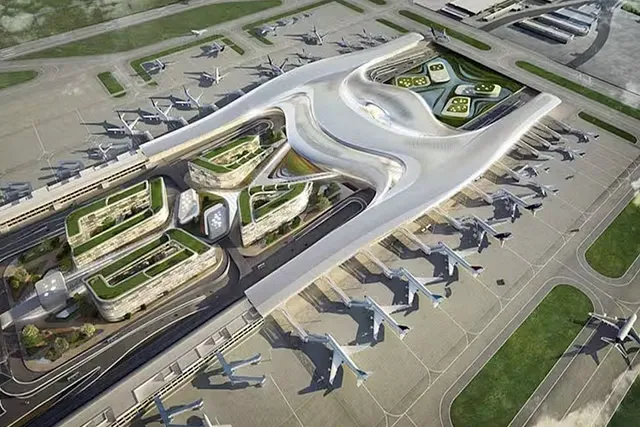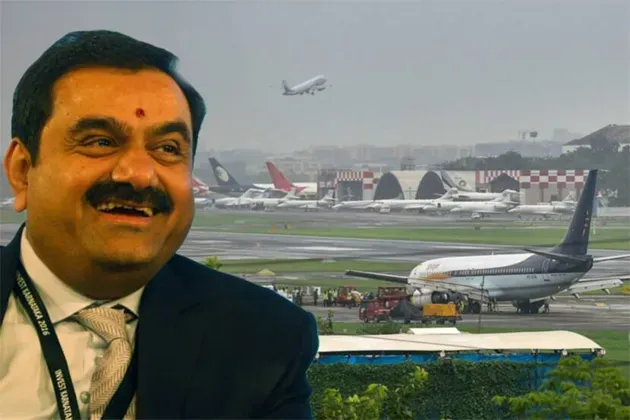Five years after securing the bid to operate six international airports, the Adani Group, India’s largest private airport operator, is set to further expand its presence in the airport business. Adani Airport Holdings (AAHL) is keen to enhance its portfolio by participating in government tenders for the privatization of at least 25 additional airports.

An Adani Enterprises presentation revealed that 30-35 airports currently managed by the state-owned Airports Authority of India (AAI) are slated for privatization by 2025. AAHL already manages airports in Trivandrum, Mangaluru, Ahmedabad, Jaipur, Lucknow, and Guwahati, which it acquired in early 2019. The group’s most significant asset is the Mumbai airport, taken over from the GVK group in 2021. Collectively, the Adani Group controls 23% of India’s total passenger traffic through its airports.
AAHL aims to become a network player, facilitating seamless connectivity between airports for improved route planning. Saurabh Shah, deputy chief financial officer of Adani Enterprises (AEL), confirmed the group’s intentions to bid for upcoming airport privatizations post-elections, focusing on projects that align with their network development strategy.

The group plans to address the near saturation of the Mumbai airport by opening the Navi Mumbai airport in the March quarter of FY25. This greenfield airport is part of AAHL’s strategy to alleviate the load on Mumbai airport and cater to growing cargo traffic.
“We want to ensure that we are there as a network player, which gives us a very big strength in terms of route planning and strategy development,” Shah stated during a post-earnings call. The bundling of smaller airports with major ones presents an attractive package for potential bidders, according to the AEL presentation.
Major airports set for privatization include Chennai, Bhubaneswar, Amritsar, and Varanasi, along with smaller airports like Gaya, Dharamsala, and Jharsuguda.
Adani’s airport business reported a 35% year-on-year (y-o-y) revenue increase to Rs 8,062 crore, and a 45% y-o-y growth in EBITDA to Rs 2,437 crore during FY24. The March quarter saw the addition of 10 new routes, seven new airlines, and 18 new flights across all seven AAHL-operated airports. Passenger movement increased by 19% y-o-y to 88.6 million during the same period.

Currently, AAHL derives most of its revenue from aero operations. The company plans to shift towards non-aero operations, aiming for a revenue distribution of 75% non-aero and 25% aero, similar to international standards. At present, except for Mumbai, AAHL’s revenue split is about 75% aero and 25% non-aero, while Mumbai airport achieves an even 50-50 split.
“We are constantly trying to move that ratio towards 75% non-aero and 25% aero. In the next 2 to 3 years, you will see a very big change in terms of the ratio from aero to non-aero,” Shah added.
